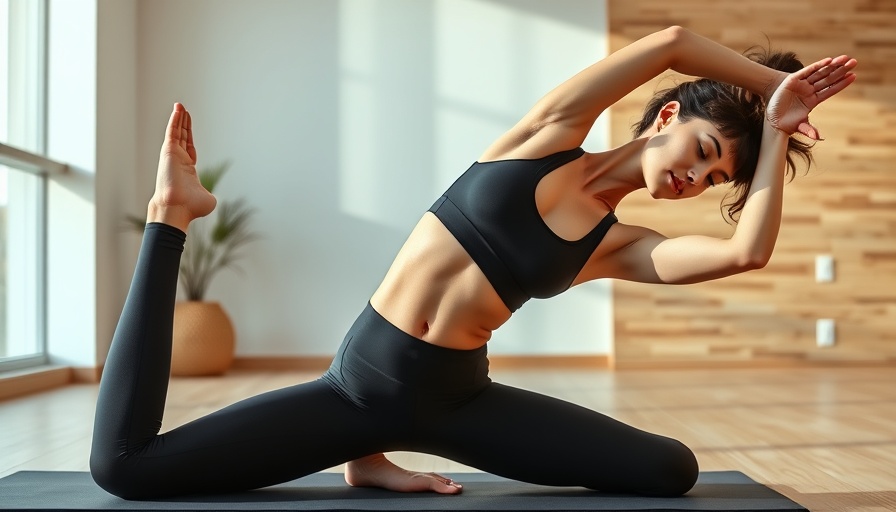
Unlocking the Power of Transitional Movements: A New Way to Train
Many people focus on lifting weights or running laps, believing that these isolated movements will grant them the strength and endurance they seek. However, true athleticism and functionality come from one essential skill: transitions. This powerful form of movement allows individuals to perform daily tasks with ease and grace. It’s not merely about strength; it’s about how well you can connect these movements as you navigate life’s constant changes.
The Real Meaning Behind Transitional Movements
Transitional movements refer to the dynamic shifts you make between different positions or motions. It may seem simple to change direction while walking; throw in a few variables like carrying groceries or jogging while chatting, and that seemingly simple action quickly shows its complexity. By focusing on transitions, you gain insights into your body’s capabilities, exposing new areas for growth and improvement.
Why Focus on Transitions? 4 Compelling Arguments
Training your transitions is where the real progress lies. Below are four critical reasons why you should focus on this often-overlooked aspect of movement:
1. Enhanced Agility: Reacting with Precision
Mastering transitions allows for greater agility, which is crucial in sports like basketball and soccer. The slickness with which an athlete moves between actions can be the difference between victory and defeat. Take, for example, the art of shifting levels and directions, akin to a baseball player effortlessly adjusting their stance to catch a flying ball. Regularly practicing these transitions equips you for sudden changes, enhancing your performance and reducing injury risks.
2. Improved Coordination: Connecting Mind and Body
Effective transitions require your Central Nervous System (CNS) to coordinate various movements seamlessly. This means that as you practice linking movements, you essentially program your nervous system to react faster and smarter. Imagine being able to lift that heavy box with ease, thanks to a well-trained CNS that helps you organize strength into functional outputs.
3. Increased Flexibility: Adapting to Life’s Demands
Instead of training individual joints with static movements, focusing on transitions encourages greater flexibility throughout your entire body. It prepares you to maneuver through the unpredictable, such as bending to pick something up or balancing precariously on one leg while you reach for an item. This adaptability not only enhances physical health but gives you confidence in everyday scenarios.
4. Connecting Fitness with Daily Life
By incorporating transitional training into your routine, you create a bridge between your workouts and daily life. Life is rarely a single, isolated move; it’s a series of interactions that require you to connect various physical capabilities. Whether you’re sneaking under a table to retrieve a lost item or suddenly pivoting to avoid an obstacle, training your transitions ensures your body is ready for the unexpected.
Getting Started: Practical Insights for Training Transitions
So, how can you start integrating transitional movements into your routine? Here are some practical tips:
- Start Slow: Begin with simple transitions like standing to sitting while maintaining balance.
- Incorporate Movement Flows: Create sequences linking two or more movements. For instance, transition from a squat to a lunge.
- Engage in Play: Try sports or activities that require quick adaptations, such as dancing or martial arts.
Common Misconceptions about Transitional Movement Training
Many believe you need to be an athlete to train transitions effectively, but this isn’t true. Everyone can benefit from this form of training regardless of skill level. It’s also a myth that strength is the only factor in navigating physical tasks; coordination, flexibility, and adaptability play a massive role as well.
Embrace Life’s Transitions: Take Action Today!
As you’ve learned, focusing on transitional movements can enhance not only your physical capabilities but also your quality of life. By embracing the challenge of linking movements, you prepare yourself for daily adventures and unexpected tasks. Take the first step toward better movement by incorporating transitional training into your regular activities.
Want to explore more ways to integrate functional movement into your daily routine? Join our community for tips, resources, and support that help you thrive in a healthy lifestyle!
 Add Row
Add Row  Add
Add 




Write A Comment